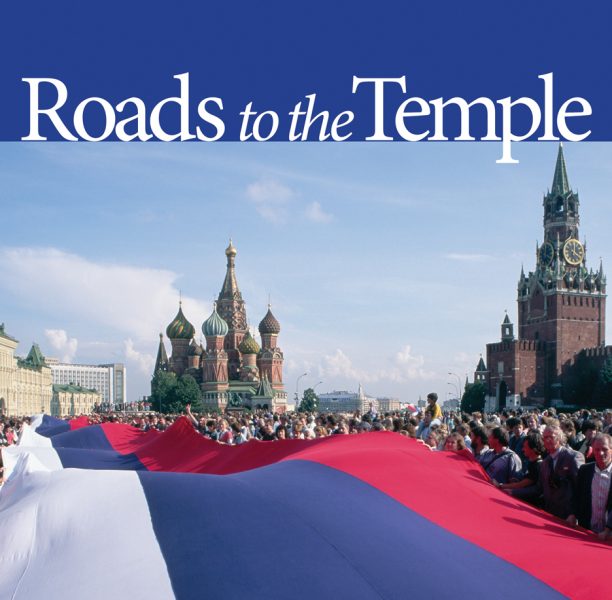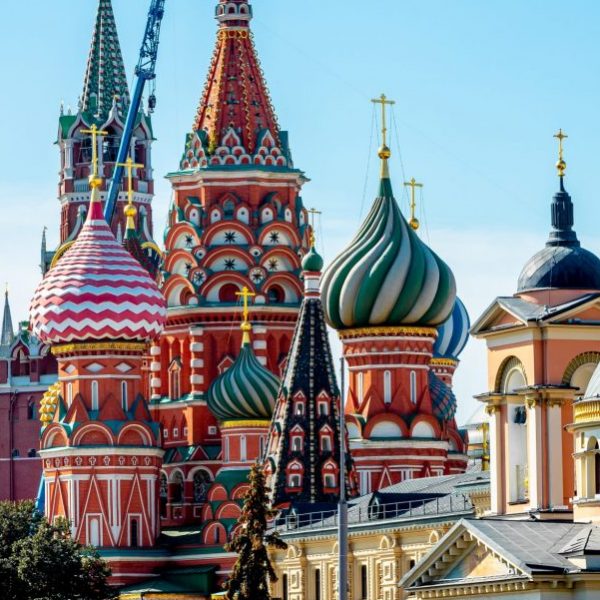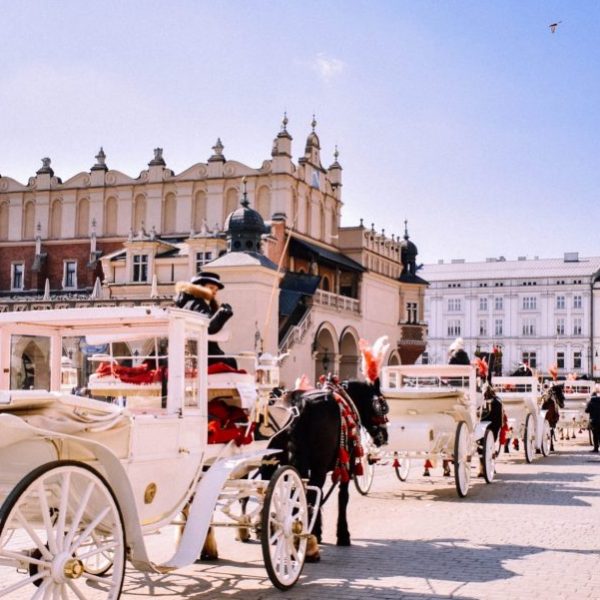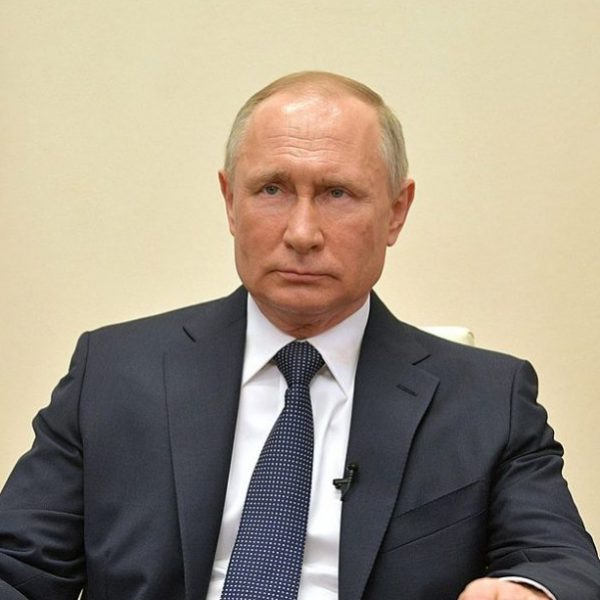The Moral Spark That Ended the Soviet Empire
December 25 is an important date for millions of Christians around the world who mark Christmas Day and the birth of Jesus Christ, but the early morning hours of December 25, 1991 also marked Mikhail Gorbachev’s resignation as president of the Soviet Union (which would be officially dissolved the next day). The months leading up to Gorbachev’s resignation led many to believe the resignation must occur, but questions were raised about how the Soviet Union had reached this point. In his book Roads to the Temple: Truth, Memory, Ideas, and Ideals in the Making of the Russian Revolution, 1987-1991, Leon Aron attempts to determine what events, people, and ideas were most influential in the awakening of the Soviet Union.
 Despite knowing the ultimate end of the revolution, Aron is careful to show that the events that took place from 1987-1991 are not as simple as they may seem. Two of the policies instituted by Mikhail Gorbachev in 1987 were considered to be the start of the revolution: Perestroika was a policy and political movement that attempted to re-structure the Soviet system; it was associated with the policy of glasnost, or openness, which increased transparency within the Soviet government. If implemented today, the glasnost policy would be cause for celebration from many political watchdogs, but in 1987 created an “outbreak of moral fastidiousness” that shaped the early actions of revolutionaries. The hope and expectations associated with Gorbachev coming to power in 1985 and his passage of these programs became a force that could not be ignored. The ideas this hope fostered became one of the biggest factors in the revolution.
Despite knowing the ultimate end of the revolution, Aron is careful to show that the events that took place from 1987-1991 are not as simple as they may seem. Two of the policies instituted by Mikhail Gorbachev in 1987 were considered to be the start of the revolution: Perestroika was a policy and political movement that attempted to re-structure the Soviet system; it was associated with the policy of glasnost, or openness, which increased transparency within the Soviet government. If implemented today, the glasnost policy would be cause for celebration from many political watchdogs, but in 1987 created an “outbreak of moral fastidiousness” that shaped the early actions of revolutionaries. The hope and expectations associated with Gorbachev coming to power in 1985 and his passage of these programs became a force that could not be ignored. The ideas this hope fostered became one of the biggest factors in the revolution.
Glasnost opened the Soviet public to a flow of information that was “life-giving liquid” and fostered a quest for knowledge where lines at newspaper kiosks often stretched around the block. Two years later in March of 1989 “there were 60,000 ‘informal’ groups and clubs in the Soviet Union.” These 60,000 groups no longer learned the same information, sang the same songs, or read the same books and magazines; instead they were 60,000 groups with different ideas and ways of thinking. One factor that united these groups was the shock they experienced when they learned that life wasn’t as virtuous in the Soviet Union as they were led to believe, and Joseph Stalin, a man revered for his actions during WWII, was not as much of a hero as they were taught to believe.
History often remembers the victor far differently than it remembers those who have been defeated, and the Soviet Union was no different when it came to Joseph Stalin. The “glasnost myth slayers,” as Aron refers to those who searched for the truth from 1987-1989, uncovered the truths about Stalin’s actions during WWII, including his refusal to retreat, which left thousands of Soviet soldiers either dead of captured by the Germans; and his negotiations with Adolf Hitler over the Treaty of Non-Aggression, which was falsely reported to be necessary because the Soviets were abandoned by the French and the British. These truths, in addition to truths about the gulags, created feelings of guilt for many Soviet citizens. Citizens began searching for a way to remember those victims because “memory was a medicine that would help restore the souls eroded, corrupted, and disfigured by Stalinism.” This attempt at remembering, like in many other tragedies, has its own obstacles.
Aron notes that while many glasnost myth slayers supported truth, the established culture in what is now Russia continues to bury its head in the sand and pretend it never happened. They continue to name streets and buildings after killers and live in denial. The revolution of ideas that began in 1987 has changed in the 25 years since it began, but it is far from over. As long as someone strives to remember those who were lost, the revolution continues.
To learn more about Aron‘s book, watch the trailer below.
[youtube=http://www.youtube.com/watch?v=GdVhu-KkEt8]




